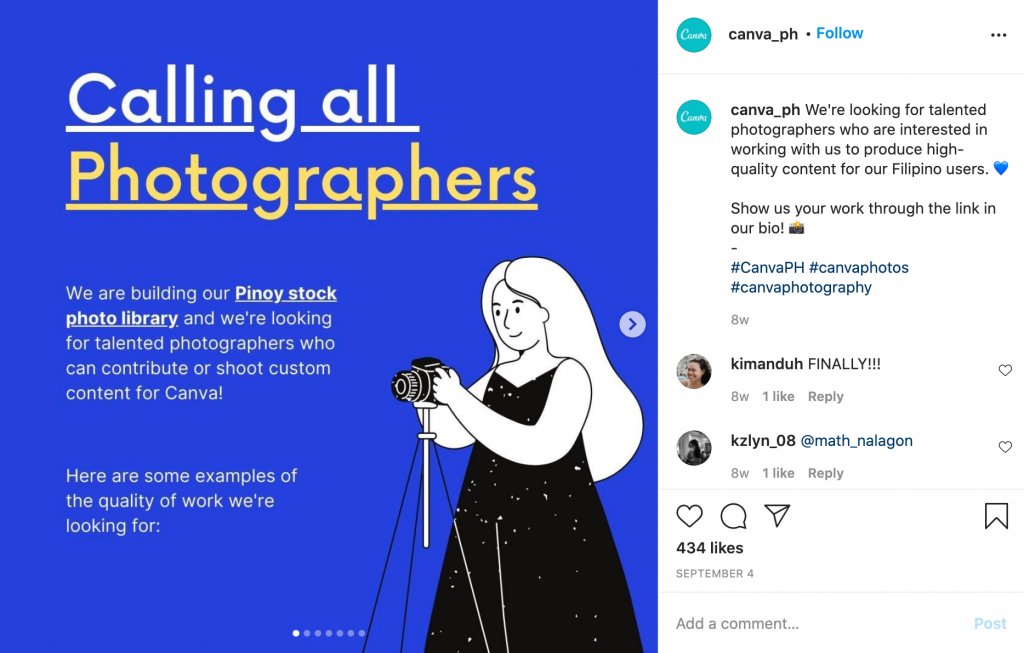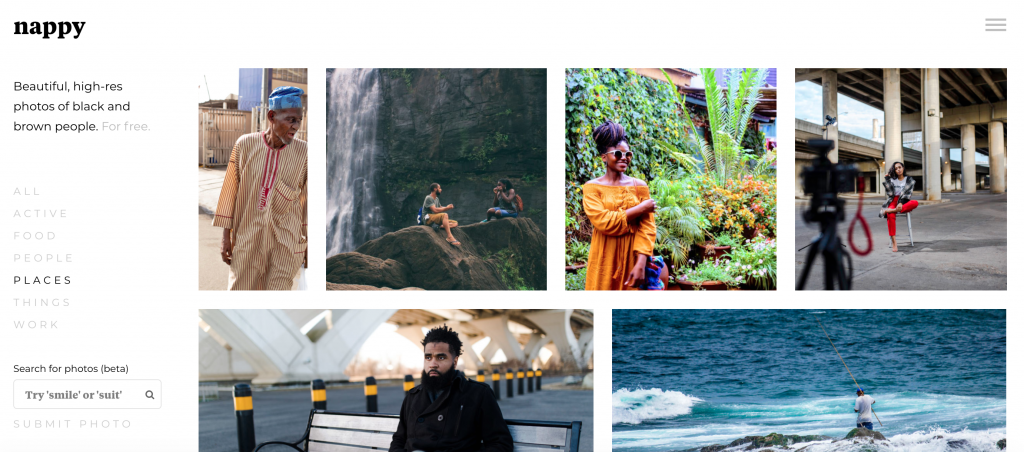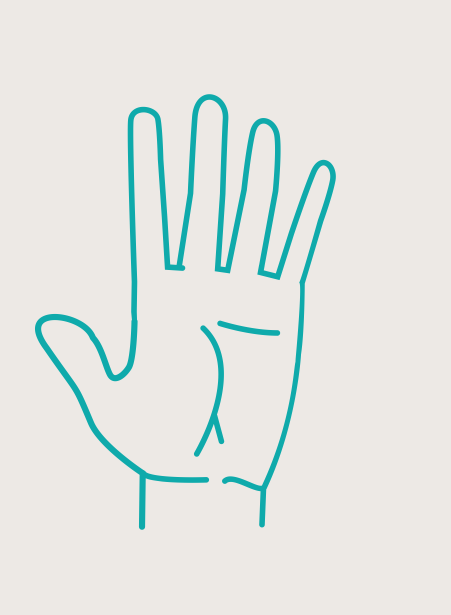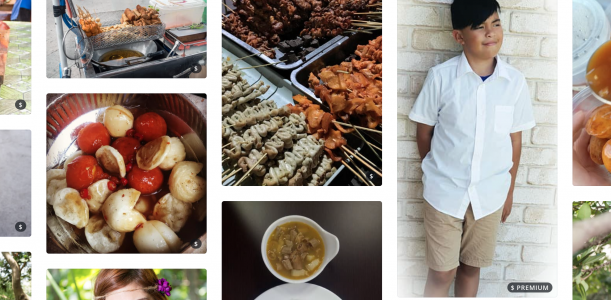Working as a communications officer I often spend hours searching for appropriate images to accompany our reports, blog posts, social media cards etc. Despite having subscriptions to paid stock image databases, like Getty Images, the search for an image that does not replicate stereotypes, problematic narratives and inconsistent messaging still remains relatively unsupported by image databases.
The organization (an environmental think tank) I work for has media guidelines that require all staff to think carefully before choosing and image. Key guidelines include avoiding using images of children; intentionally shock-inducing images; images of poverty that replicate a stereotype; and images that have not been collected ethically. The guidelines encourage us to use images that reflect diversity and as much as possible images that we taken from the field, as a means to make sure the images we use are authentic and communicate a reality.
Using images from the field is however not always possible and so we turn to stock image databases to fill this need. The staged feeling stock images often give is just the tip of the iceberg of the problems with stock images. I’ve noticed from my own use of Unsplash, Getty and Flickr that when I type in “Africa” in the search field I am given dozens of photos of zebras, lions, elephants and sunsets over savanna landscapes. When I type in “Asian child” I get images of either North Asian families (Korean, Japanese and Chinese) playing happily in their modern homes or flocks of Indian, Filipino and Thai kids in their messily worn uniforms crowding on the street in front of the camera. When I try to tailor my search using words like diversity or sustainability the images generated all show Western settings: racially diverse children in European playgrounds; windmills on mountain ranges; white farmers with their neatly organized monocultures; and Dutch people riding their bikes in a car-free Amsterdam. Most of the time I settle on using a generic photo that is more abstract than literal, to accompany my blog post or social media card.
Why don’t I get images of people when I search “Africa”? Why don’t I get images of people or places in the global south when I type in “sustainability”?
A picture is worth a thousand words.
The images we use communicate a message just as much (some argue even more) as the words we use. Images contribute to the formation of concepts and are a powerful means of representation. Images also have the skilful ability to communicate intricate nuances of beliefs. If we think of poverty what image comes to mind; and if you think of progress; and of modernity? Do these images affirm on contest stereotypes?
It is no new fact that representation of the global south has been mediated through western eyes. In this day and age technology and the internet have made it possible for photographers, artists and creators from the global south to define themselves through imagery.
A few months ago Canva, a graphic design platform with more than 100 million users, launched a call to action looking for Filipino photographers to produce high-quality content for Filipino users. The called this their “Pinoy stock photo library” (Pinoy is a person from the Philippines). Placing the baton in the hands of Filipino’s asking them to stage, collect and produce images that reflect their reality is one step in the direction of creating representative image databases.

Canva is not the only example of crowdsourcing stock images by and of people of color. Nappy is a North American initiative that is collecting beautiful stock images of black and brown people.



